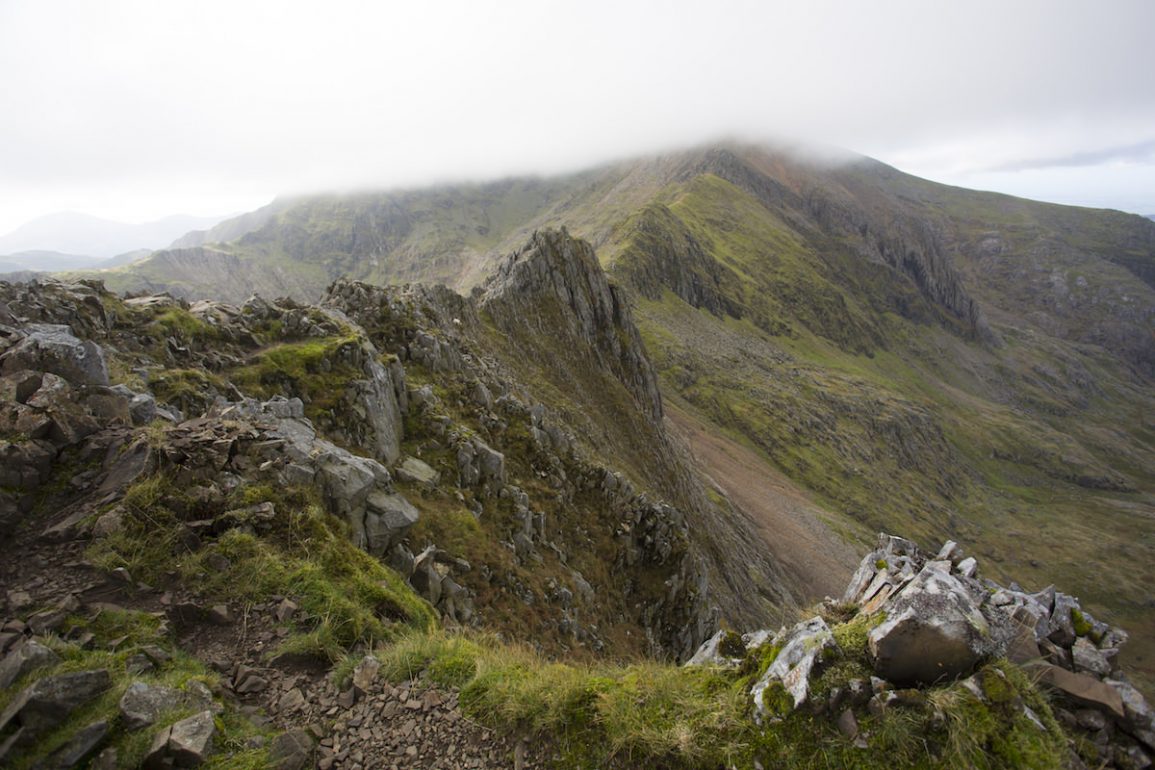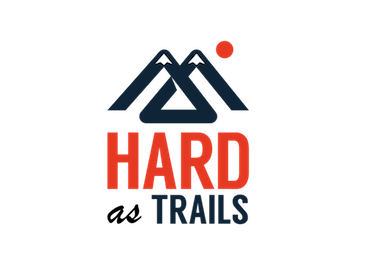



I can play the numbers game too though. I’ve actually been working with 2 athletes (one of which being Tobias), in the run up to this event. So even if the race kills one of them, another might at least be able to hobble to safety. Joking aside, just in case anyone else was crazy enough to think participating in this race might be a good idea, I’m going to share some of my thoughts on how you might prepare as an athlete for a challenge of this magnitude.In its simplest form, preparing a training plan requires two basic pieces of information:
1) Understand what you have to do (i.e. what the race demands of you)
2) Understand what resources you have to accomplish it (the athlete profile). Once you have that, you can conceptually triangulate, where you are, and where you’ve got to get to. How you get there is up to you!
While appropriately analysing the relative strengths and weaknesses of an athlete is beyond the scope of this article, no matter how you serve this beauty up, the Dragon’s Back course profile creates some sobering statistics. So lets spend some time looking at what requirements might be necessary to slay this beast!




Day 2 – 54km – 3544m elevation
Day 3 – 68km – 3712m elevation
Day 4 – 64km – 2273m elevation
Day 5 – 57km – 2313m elevation
For a front of the pack runner, even for the most optimistic estimate you are looking at an average of at least 10 hours a day on your feet, quite literally tearing your legs to pieces for 5 consecutive days. Eeep. This is on mountainous terrain, with (very) steep, technical descents. This means a huge volume of eccentric loading through the lower limbs. Unless you are VERY well conditioned to the terrain, you’ll be getting DOMS. On the flat, up to 11x your body weight transfers through your muscles and connective tissues. Downhill running is many many times more than that.
‘Unless you are VERY well conditioned to the terrain, you’ll be getting DOMS!’
To withstand this kind of loading, you’ll need very high levels of eccentric strength and muscular endurance. Even then, it’ll be almost impossible to escape a caloric deficit, which means negligible recovery. Each day WILL be harder than the last. Tenderised legs = restless sleep = cognitive as well as physical fatigue. This is a one way ticket. Thats before you look at time on feet.
You’ll need to be hugely efficient through your aerobic range to keep going for that long. But even the biggest, most fuel efficient engine in the world is pointless if the chassis is broken. I mentioned the fatigue, so let’s hope you are good at navigating when you are tired. Lets hope you are good at running when you are tired. Drop the ball even for a second, and all that time conditioning yourself to reduce injury risk can be undone by a misplaced foot. This is mountain territory in Wales. Only an idiot will underestimate the weather, which can change in an instant and visibility can plummet. When people are tired, they say and do some stupid things. Proactive personal admin will be vital.
‘Let’s hope you are good at navigating when you are tired.’
To prepare yourself to finish this race, you need to be very strong, very fit, very good at navigating, very organised and have good running technique (under fatigue) over technical terrain. Objectively understanding how you stack up to these requirements may bruise your ego, but is a necessary process to undergo. You don’t want to be found wanting, because in this type of race, its not just your safety that needs consideration. You might well endanger the lives of those that have to come rescue you.
For my two athletes, I have their previous race histories and performances to begin to estimate how they stack up against this monster. Not anyone can just walk into this race, so they certainly aren’t slouches, but for both of them, I am trying to prepare them for one of the most testing weeks of their lives. Needless to say, I’ve had them in the gym and out on the hills, a lot.
[alert type=red ]Ed: The third edition of the Dragon’s Back Race takes place between Monday 22nd June and Friday 26th. Make sure you subscribe to Hard as Trails to see how I get’s on. [/alert]



